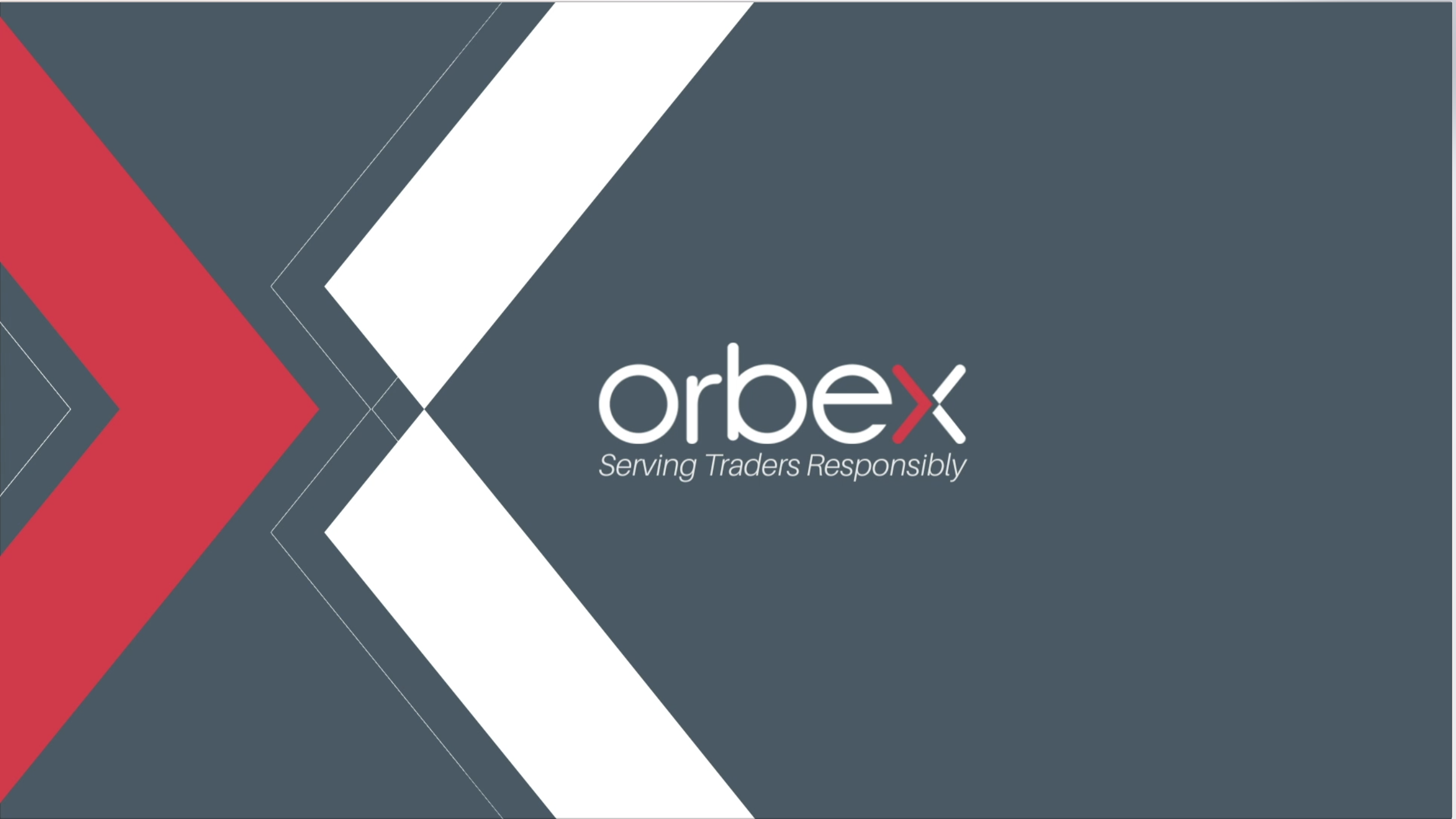What You Need To Know About Repo Markets
The repo market might be one of those obscure things to forex traders. But, recently, the chaos in the repo market created ripples all over.
In fact, from a spot forex trader’s perspective, the impact of the repo markets was much less muted on the currencies.
One of the reasons the repo markets made news back in September was due to the similarities to what we saw before the 2008 global financial crisis. So, understandably, the news spooked investors briefly.
As a forex trader, it pays to understand what the repo market is all about and why you should, at the very least, have a basic understanding of what it is and how it works.
What is the Repo Market?
The repo market is a place where vast amounts of cash are exchanged for collateral. By some estimates, the amounts exchanged, primarily between large institutions for short-term financing, are close to $3 trillion.
Simply put, as an institution, if you are short on cash, but hold securities such as government bonds and notes, you can enter into a repo agreement and get cash.
The term “repo” is short for repurchase or repurchase agreements. These are collateralized short term loans, spanning from as small as overnight lending.
In the repo market, participants lend and borrow money to meet the financing needs and also to earn interest on short-term lending. When the transactions are smooth and the rates are within limits, it reflects a normal functioning market.
But when repo rates spike, that is what triggers alarm bells (which is what happened in September 2019).
How Does a Repo Agreement Work?
The repo market has a buyer and a seller.
One party (A) sells the asset which is a fixed income security (bonds, treasuries) to the other party (B) at an agreed price. Party A commits to repurchasing the asset at a different price at a future date or on-demand from Party B.
The buyer (Party A) is said to be conducting a reverse repo (reverse repurchase) operation. The (interest) rate at which the cash is loaned is known as the repo rate.
The repo rate differs from the Fed funds rate, but it is guided by it. You might very well know that the Fed funds rate is not an exact rate but rather a band.
Thus, repo rates tend to respect this band.
Despite the repo markets using collateralized loans, there are still some risks. The main risks in the repo markets include:
- Counterparty risk
- Delivery risk
- Collateral risk
The Role of Central Banks in Repo Markets
The central bank plays an influential role in the repo agreements. It uses the repo markets to tighten or ease lending conditions. This is done by the Federal Open Market Committee of the Fed.
When the cost of borrowing is lowered, it brings in more liquidity to the markets.
Thus, the central bank injects money into the economy via the repo markets. Likewise, to tighten the money, the central bank raises the repo rates in order to curb lending.
The central bank uses the repo markets as the main transmission channel for its monetary policy operations.
The lenders and borrowers transact directly with each other. Examples of repo market participants include intermediaries such as broker-dealers or investment banks.
On the other side (buy side) market participants are those who wish to make use of secure short-term investments. These participants are usually risk averse, and hence use the repo markets which are largely collateralized.
What Happened in September 2019?
The week of September 16th was unusual because there was just not enough cash to match the collateral. This shortage led to a spike in the repo rates. On September 17, the repo rate jumped to 10% from under 2% the week before.
The spike in the repo rates also pushed the Fed funds rate outside its band to 2.3% (against 2.0% – 2.25%). The spike came due to a number of reasons including corporate clients having to make quarterly tax payments.
On top of this, there were also the treasury debt settlements that came calling.

This led to a shortage of cash, pushing the repo rates higher and eventually requiring the Fed to intervene.
The Fed initially injected $75 billion into the markets which helped to bring the rates down and followed through with more operations over the span of the week to bridge the cash shortage.
What’s the Impact of the Repo Markets?
The repo markets do not directly influence equity or the FX markets.
However, due to the panic that it creates, a risk-off sentiment can prevail. This leads rise to a fall in risk assets such as stocks, as investors flock to safe-haven assets such as bonds, pushing the yields higher or gold and the Japanese yen.





